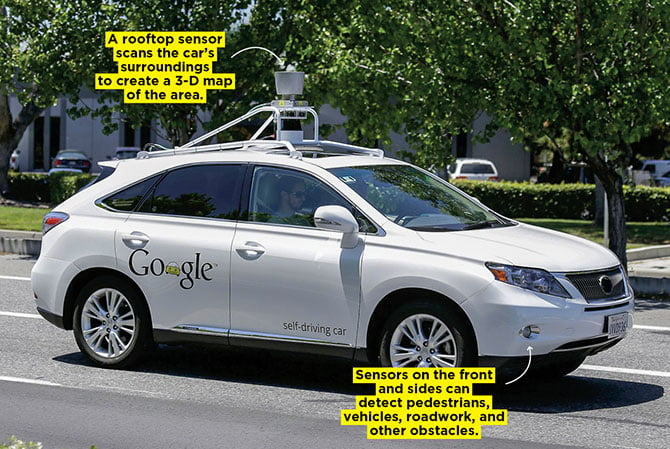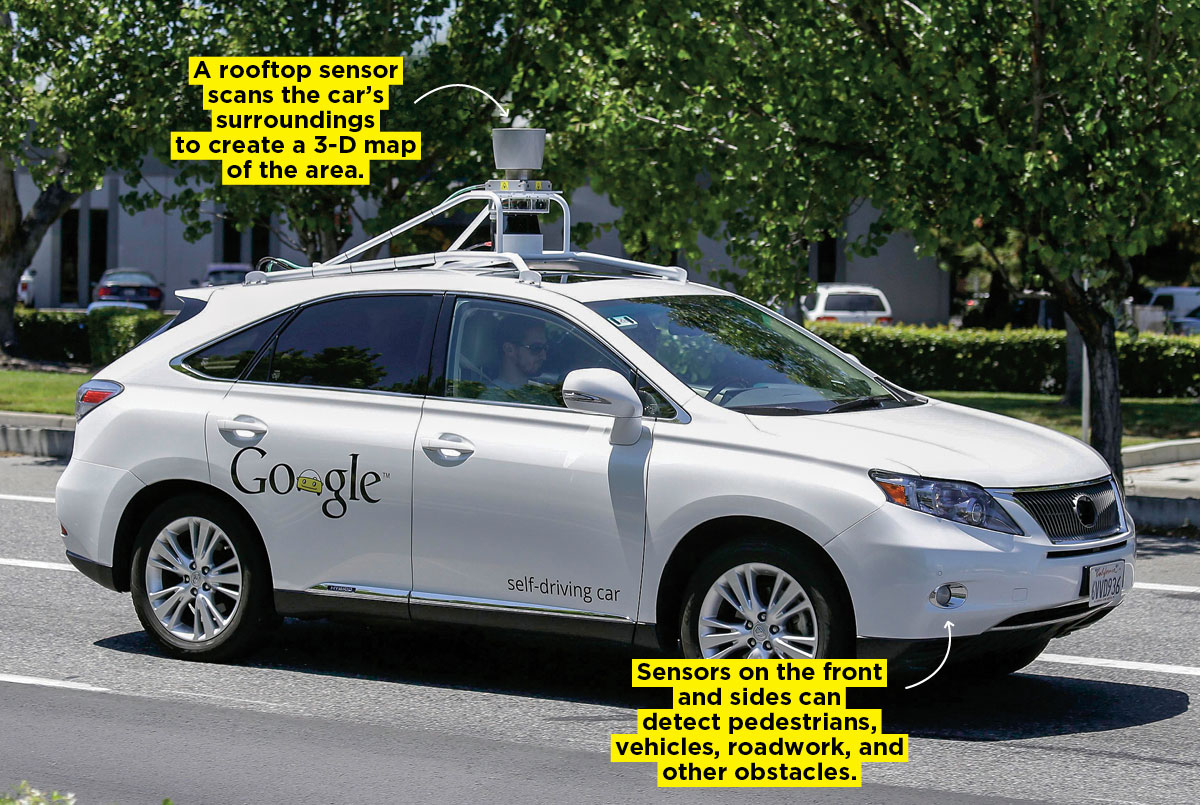Driverless cars were once just the stuff of science fiction. But in recent years, they’ve become a reality—and they’re now hitting the streets in a number of U.S. cities. Companies like Uber, Google, and Ford recently started testing hundreds of self-driving vehicles on public roads in Arizona, California, Michigan, Pennsylvania, and other states.
Supporters of driverless cars say the vehicles will make roads safer by cutting down on the number of crashes caused by distracted driving or other human errors. In addition to saving lives, fewer accidents would reduce traffic—and pollution—since cars wouldn’t be stuck on congested roadways as a result.
But critics say the advantages of driverless cars have been overblown. They claim that it’s too soon to tell whether automated vehicles will reduce accidents. In fact,
Uber briefly suspended its test program earlier this year after one of its self-driving SUVs crashed into a conventional car in Tempe, Arizona. (No one was seriously injured.) Opponents also question whether driverless cars will be able to operate in bad weather, since heavy rain or snow could interfere with the vehicles’ sensors.
Are driverless cars a good idea? Two experts weigh in.



